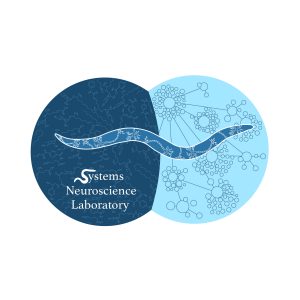Lab Synopsis
Focusing on interpreting olfactory dysfunction in neurological disorders, we aim to understand how olfaction is coded in the brain. The nematode, Caenorhabditis elegans serves as an ideal model system as it has a relatively simple nervous system with a fully-mapped connectome, and affords the use of many imaging techniques. In conjunction with its social-behavioral repertoire, we can understand how the nervous system detects, encodes, and transmits sensory information underlying social behaviors: such as finding a mate, avoiding unfavorable conditions or parenting and bonding. Our systems neuroscience lab is working towards answering these questions by observing the neuronal, genetic, and molecular mechanisms underlying chemically-mediated social behaviors in the nematode.
More specifically, we seek to understand how neurons interpret social signals, both individually and as members of circuits, producing specific behaviors in C. elegans. To achieve this, we utilize a class of small social molecules, ascarosides, produced by the animals. These molecules communicate information about the environment between conspecifics and also are co-opted within a worm’s nervous system. By identifying the genes and signaling pathways underlying observed social behaviors, we can elucidate the molecular mechanisms underpinnings of this communication. Given the degree of neuronal pathway conservation between C. elegans and vertebrates, understanding how social recognition occurs in the worm nervous system can provide insights into how vertebrate neural systems encode social information. Find out more information about our current work under the “Project” section.
Funding
Currently the lab is funded by WPI and NIH




